There we were, minding our own business, happily hiking through the Rocky Mountains, when I received the mail that many travelers dread: a jury summons from our official county of residence in Florida. Fortunately during a museum visit this week I was able to find a photo that perfectly depicts my feelings about this development:
I can’t say that we were completely surprised, since our jurisdiction allows up to two continuances (delays), and I had already taken advantage of those in January and April. Since I had used up all my available continuances, when the inevitable third summons showed up it was time to figure out how to get me back to Florida on time to appear at the courthouse about three weeks after we received the notice.
Lake Pueblo Camping
My jury summons set off a furious search for an airport and a campground that would work. We quickly determined that the smaller airports around Colorado (like Alamosa, Grand Junction, and Eagle) had astronomical ticket prices and limited options for travel times, so we focused on flying out of Denver or Colorado Springs. While plane tickets were readily available, camping sites were pretty tough to find in Colorado’s busy summer season. We ended up finding some availability at the Arkansas Point Campground in Lake Pueblo State Park, which has almost 400 campsites in three separate areas on the perimeter of a large reservoir and is less than one hour’s drive from the Colorado Springs airport. Perfect!
The lake is large enough to support a thriving marina and have multiple “beach” areas. The shimmering blue water made for a nice contrast with the surrounding desert hills. The presence of the big lake helped mitigate the biggest problem with Pueblo in July: temperatures that regularly climbed into the 90s, with no trees in sight to offer any shade. At least we had an electric hookup and were able to determine that our long-dormant air conditioner still works, though it couldn’t fully keep up with the brutal temperatures. The park also has a fairly extensive network of trails, which we used in the morning hours before temperatures rose too high since the trails were also completely exposed to the sun.
Sadly, the camping situation at this Colorado state park did not live up to the high standards of Mueller State Park. I think the park may have been constructed as an Army Corps of Engineers campground that was taken over by the state. What gave me that idea? The unlevel sites, poor spacing, and spartan bathroom facilities were some of the clues. Our site was truly ridiculous. The site was built as a long pull-through, but the park apparently decided to make it into two sites….. by painting a line down the middle. And of course our half of the site was really sloped so we had no choice but to back as close to the center dividing line as possible, putting our neighbors inches outside our rear window.
There is obviously nothing wrong with double sites that accommodate multiple rigs. But the description of the site on ReserveAmerica should make it clear that it’s a double, and we felt hoodwinked when we realized our situation. The fact that there is a second occupant in the space also means that a site that’s advertised as a pull-through is not, at least when the second rig is parked. The almost total lack of privacy resulting from the unusual site setup was an unpleasant departure from what we’ve come to expect from state park camping sites, and it was definitely a let-down considering the high price of Colorado state parks. We have stayed in spots with similarly close spacing — like at the parallel parking spots at Rincon Parkway in Ventura — but we were aware of the situation going in, and the incredible location made up for the negatives of the campsite. There really were no compensating factors here at Lake Pueblo. Once again, an illustration of how we felt when we laid eyes on this terrible site:
Nonetheless, the site worked out OK for our needs. I was able to fly in and out of Colorado Springs for a relatively reasonable price, Ken did a stock-up run to Costco in Colorado Springs during our stay, and proximity to Pueblo meant we could enjoy luxuries like over-the-air TV and blazing fast internet service. The lake is mainly a weekend destination, so from Sunday through Thursday the other half of our site was empty, which was a relief. The campground was also well positioned for us to reach our next scheduled destination.
Jury Service and Domicile Issues
Fortunately, I was not selected for the jury, but I did need to spend two full days in court during a long and detailed voir dire process. The case going to trial was an extremely violent crime (charges included armed robbery, kidnapping, and attempted murder) and the prosecutor and two separate defense teams were very careful in their interviews of each of the 75 potential jurors in the pool in an effort to narrow it down to a jury of six people. I knew at the outset that it was very unlikely I would be selected since it’s practically a truism that lawyers are not picked for juries. And it makes sense: I can see why prosecutors and defense counsel would be worried about a lawyer on the jury second-guessing everything about how the case was presented, and there is probably a concern that a lawyer would dominate the jury deliberations and unduly influence the other jurors. But despite having a low chance of being selected I still needed to dress in business clothes, get myself over to the courthouse bright and early, and sit through two full days of interviews with the rest of the jury pool before I was dismissed. I later found out from reviewing the docket that I was rejected under a peremptory challenge by the first set of defense counsel, which was a bit of a surprise — I think I was one of the few people in the pool who really appreciated the high bar the state must meet in order to convict.
Returning to Florida to serve jury duty prompted me to think more about domicile selection. When we left our sticks-and-bricks lifestyle and hit the road, there was no question that we would maintain our residency in Florida. I was born and raised in Florida, Ken has lived in Florida for over 20 years, and of course we are pleased to have no state income tax, no personal property tax, and relatively affordable rates on things like vehicle registration. It was easy to switch our official address to my mother’s house in Martin County, and we’ve been pleased with the ease of voting absentee and with the selection of health insurance plans available on the county-specific ACA insurance marketplace. Of course, the downside of having a real house as our official residence is being called for jury duty.
It’s my understanding that other communities are much more forgiving about excusing full time travelers from jury duty, and this is particularly true in locations where there is a major mail drop service. The Escapees RV Club in Livingston, Polk County, TX and St. Brendan’s Isle in Green Cove Springs, Clay County, FL are a few of the more popular places that offer domicile and mail services for travelers (RVers, boaters, expats), and anecdotally I understand that a traveler receiving a jury summons in those places just calls the clerk and easily gets excused. On the other hand, Florida law requires that voters have a “legal residence” in the place they are registered to vote, and the Clay County Supervisor of Elections has made moves to eliminate RVers with no physical address in Clay County from the voting rolls. For us, having a real honest-to-goodness house as our address eliminates the risk that we will lose our voting rights or our access to the ACA health insurance marketplace, which are both extremely important to us.
More relevant to our decision is that, other than the expense and the hassle of finding an airport and camping site on short notice, being required to return to Florida isn’t really a hardship in our case. Unlike many RVers that use mail drop services, we have real contacts in the area that we claim as our official residence including a place to stay (thanks, mom!). I really enjoyed having a few days to visit with family and friends when I wasn’t stuck at the courthouse, especially since we won’t be back in South Florida until next spring. It would be nicer to visit Florida at a time other than the end of July, when the outdoor environment is the most extreme example imaginable of the term “humid,” but overall this little journey was just one of those expected bumps in the road when pursuing full time travel.
Steelworks Center of the West
After I returned from Florida we had time to check out a cool little museum devoted to the history of the Colorado Fuel & Iron Company (CF&I), a steel manufacturer that was the largest employer in the Rocky Mountains for a century. The Steelworks Center of the West in Pueblo is a museum and archive that chronicles the company’s history from its founding in the latter half of the 19th century through the present day. The location of the museum in the steel mill’s former infirmary (eventually to be expanded to the former corporate offices next door) helps bring the history of the company vividly to life.
CF&I was vertically integrated, owning everything from coal mines and iron ore mines throughout Colorado, Utah, and Wyoming, to a massive steel mill complex in Pueblo. One of the main outputs of the steel mill was railroad steel, a super-tough alloy that could withstand the rigors of carrying heavy loads, and this mill was the source of most railroad track installed throughout the western US. Other products included pipe, wire, and nails.
The company was also a central figure in one of the major events in the history of organized labor in the US. The workers in Colorado’s coal mines (of which CF&I was the largest owner) went on strike in 1913-1914 seeking better pay and safer working conditions. The company’s aggressive response led to the conflict known as the Ludlow Massacre, and the nation was shocked by the strikes, uprisings, and violent response. These events led directly to significant labor victories like recognition of a company union, adoption of the 8-hour work day, and many other improvements in working conditions.
The main exhibit hall of the museum is focused on the two decades after the Ludlow Massacre, during which the company, under the leadership of its main shareholder John D. Rockefeller, Jr., completely transformed the working and living conditions of workers. The museum exhibits provide fascinating information about the upgraded housing that became standard issue for workers, the social/recreational/educational/cultural amenities the company provided, the offerings of the company-run Colorado Supply Company stores in the company towns, and the medical facilities established by the company to treat workers and their families. The museum is just chock full of interesting artifacts from the company’s history, including records, photographs, mechanical devices, and even the original shift change whistle from the Pueblo mill. As befits a steel museum, there is also information about the chemical and physical processes of making steel and the various end products.
One of our favorite displays was about the experience of immigrants employed by the company. A chart detailing the country of origin of the company’s workers in 1923 showed that only about 30% of the 10,000 employees were classified as “American” with the remainder of the workforce including people born in just about every European country, Japan, China, and Mexico. The company’s educational programs included night school English classes for the workers and kindergartens (and eventually schools through 10th grade) for children of the workers, all of which were important in helping these immigrants assimilate. For us, this was yet another museum exhibit driving home the important point that America was essentially built by immigrants.
Next we head back to Pagosa Springs in the San Juan Mountains. We had such a good time in our initial stint with the Habitat for Humanity Care-A-Vanners that we signed up for another two-week volunteer commitment!
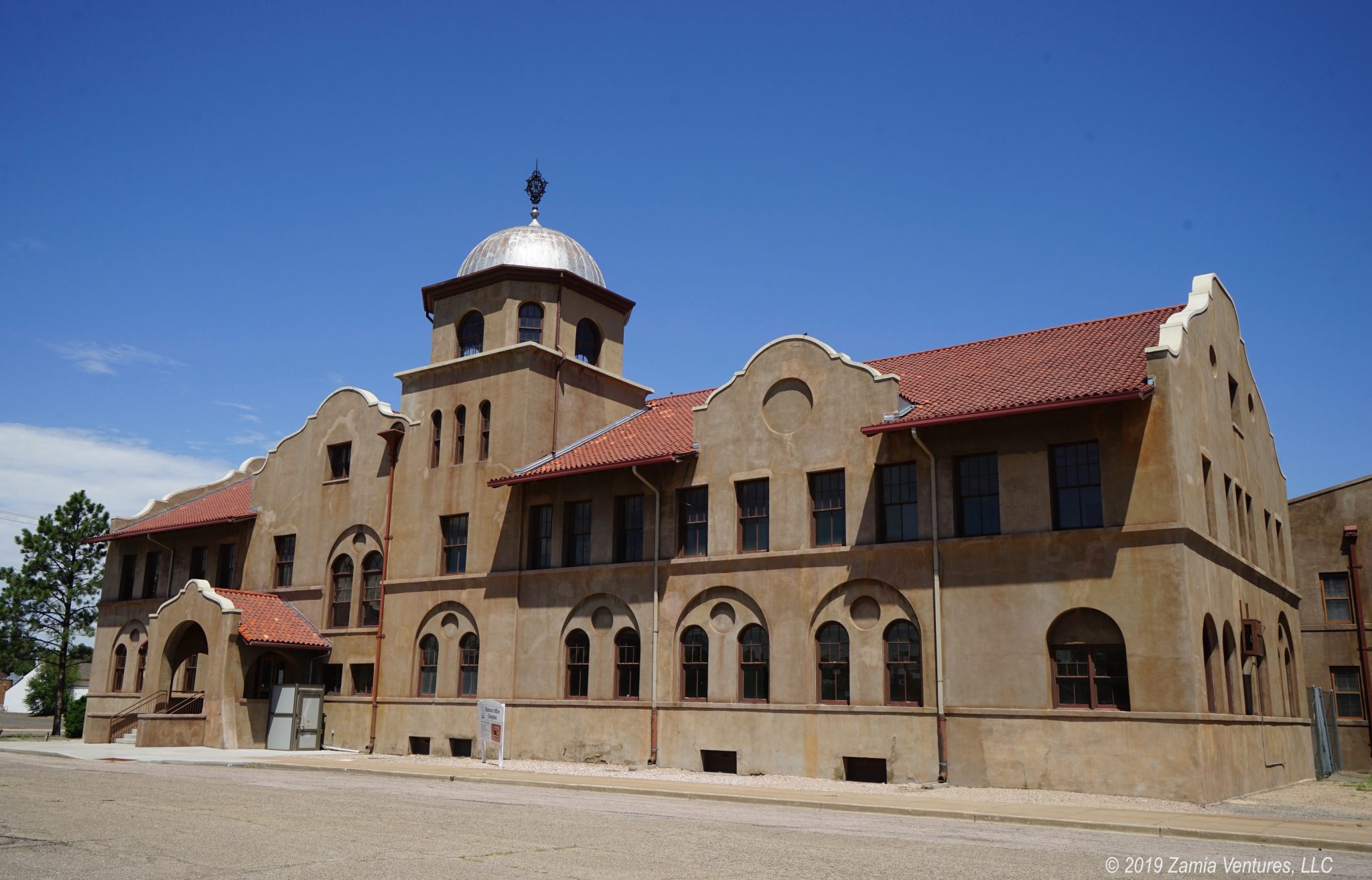
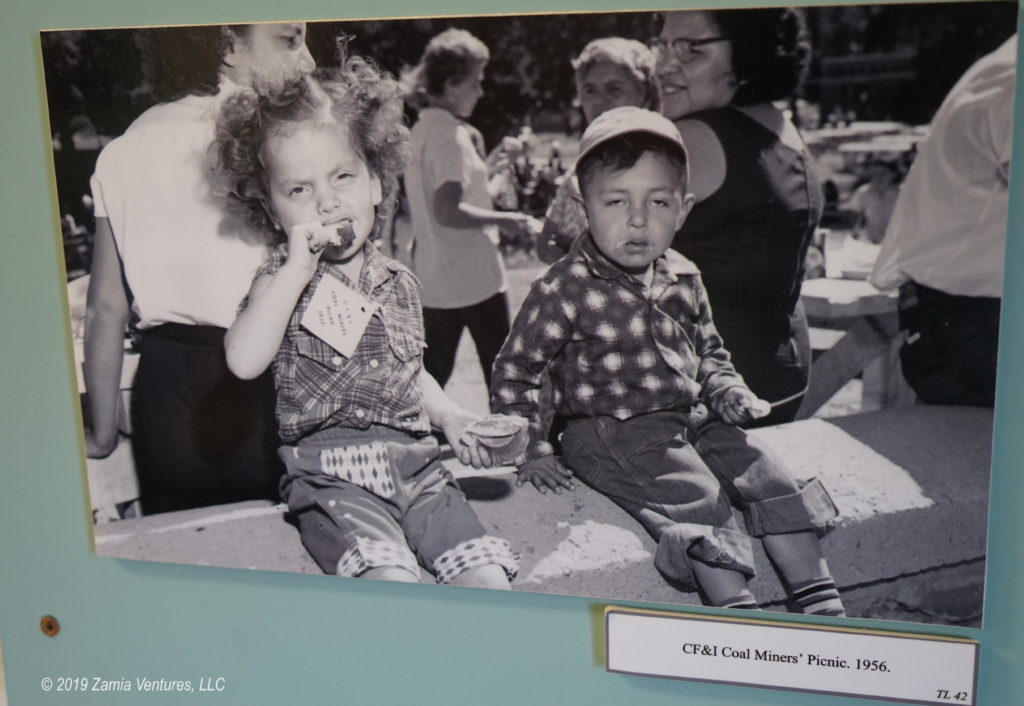
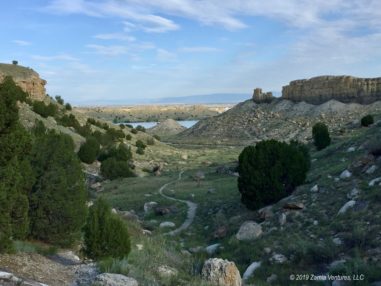
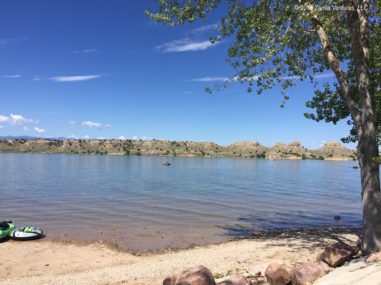
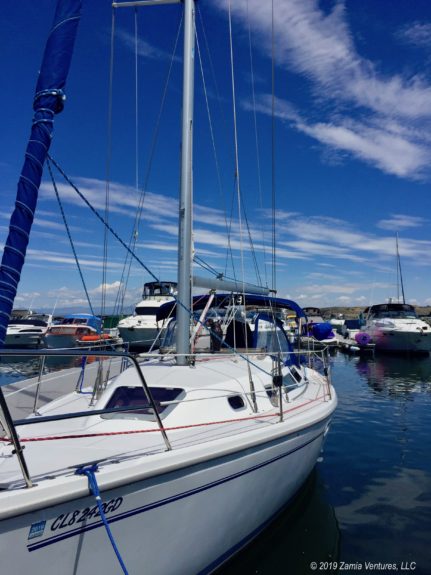
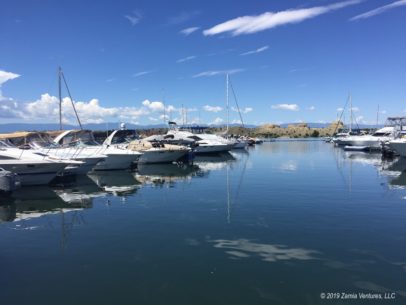
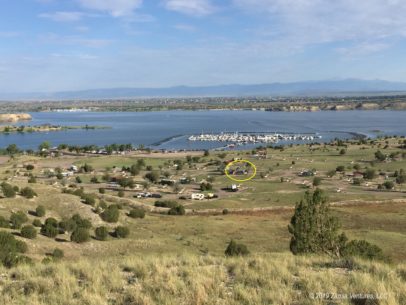
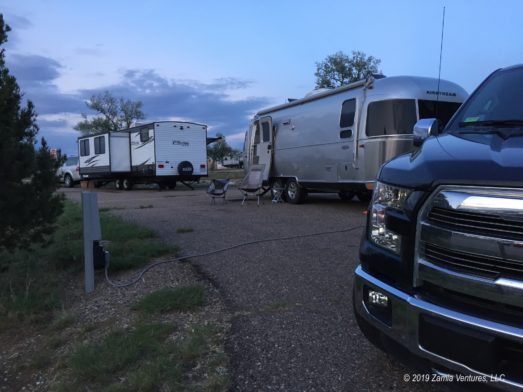
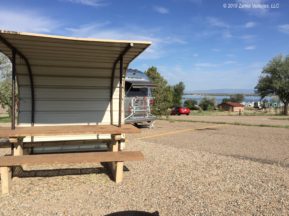
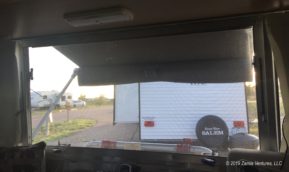
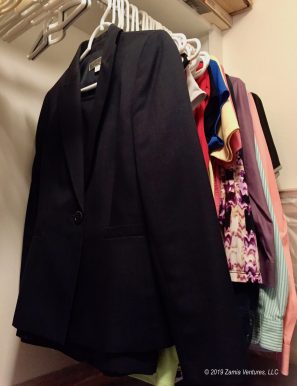
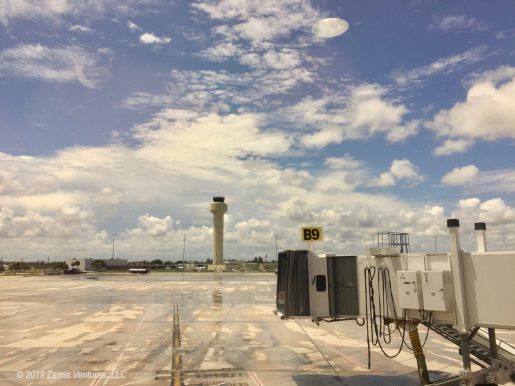
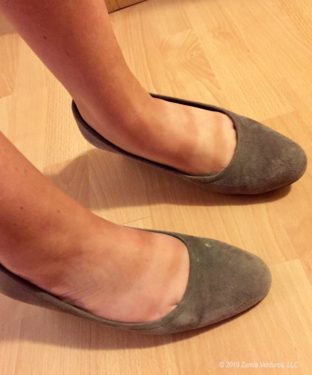
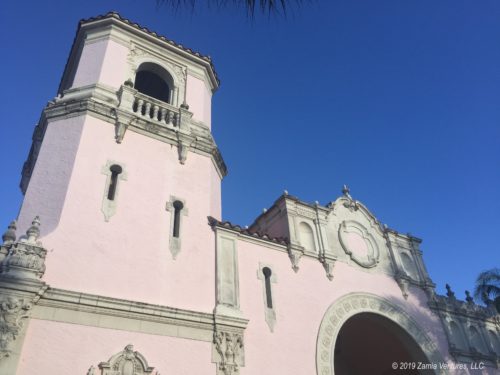
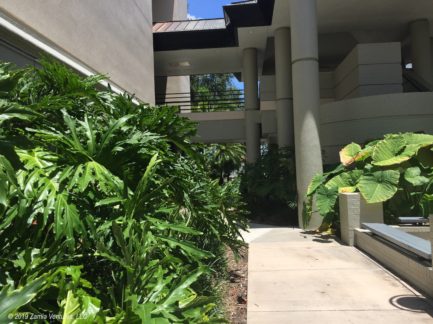
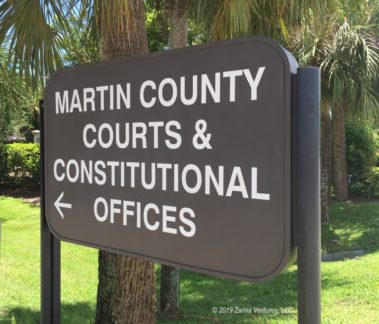
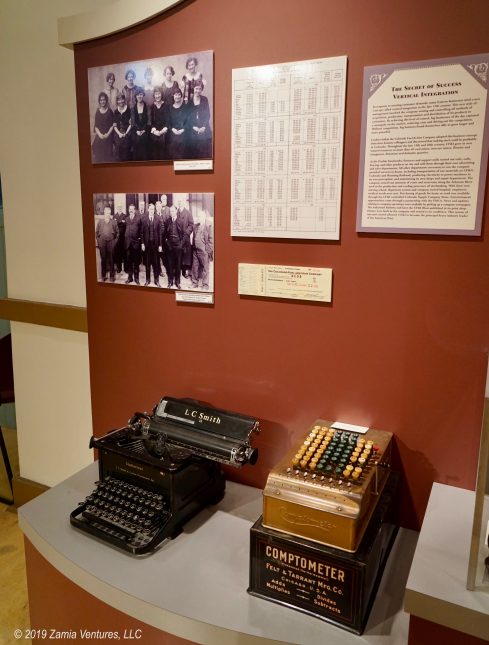
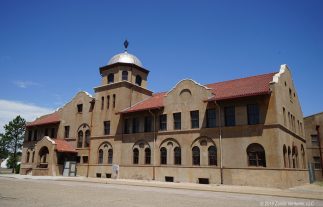
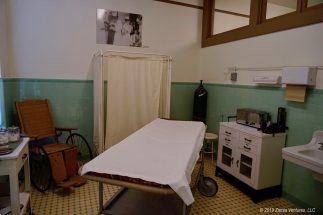
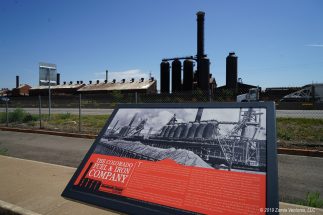
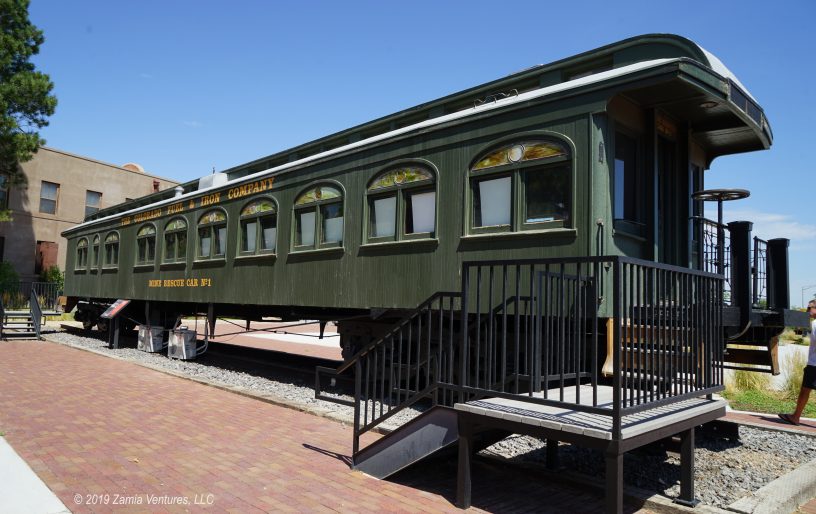


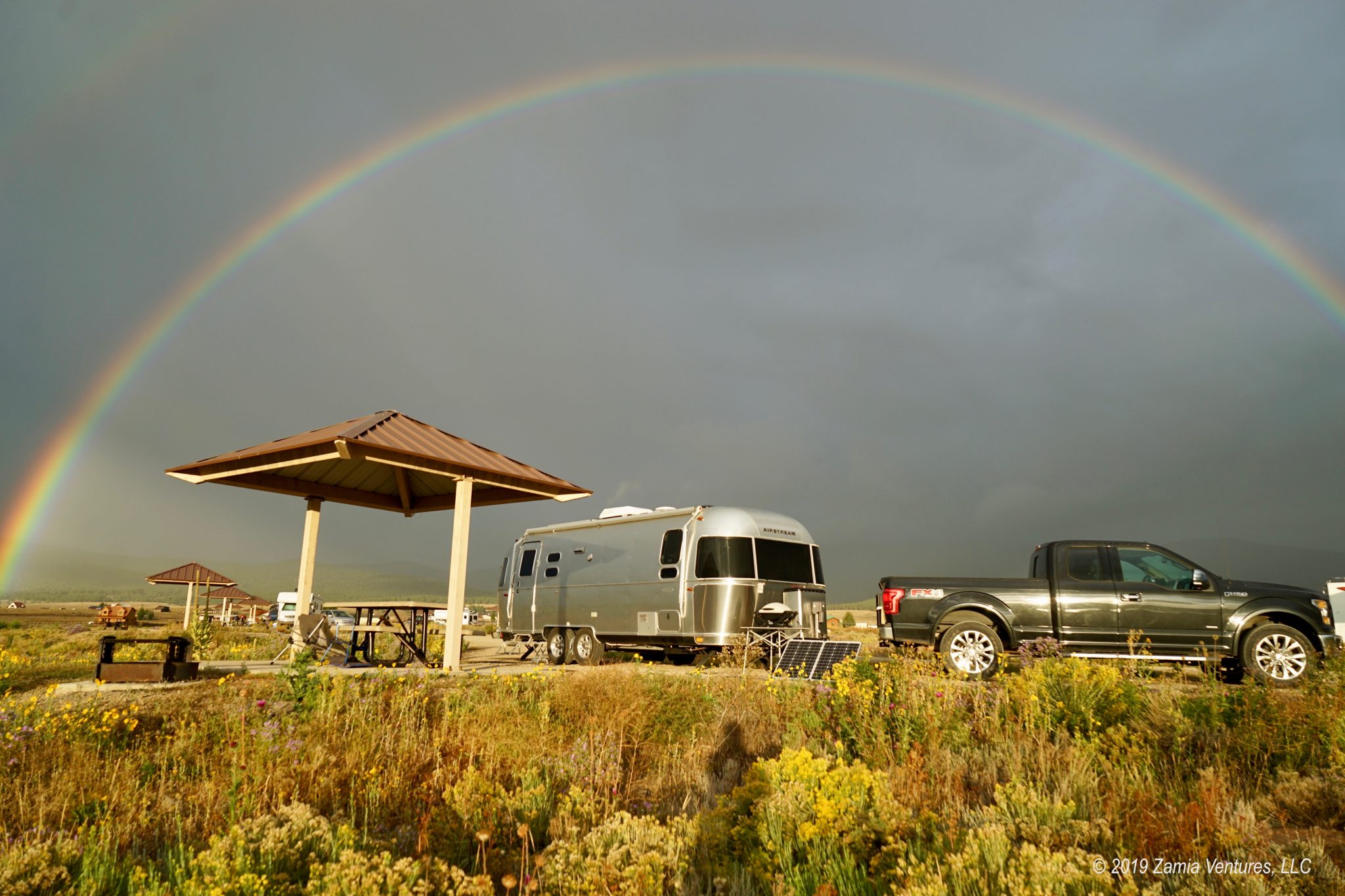
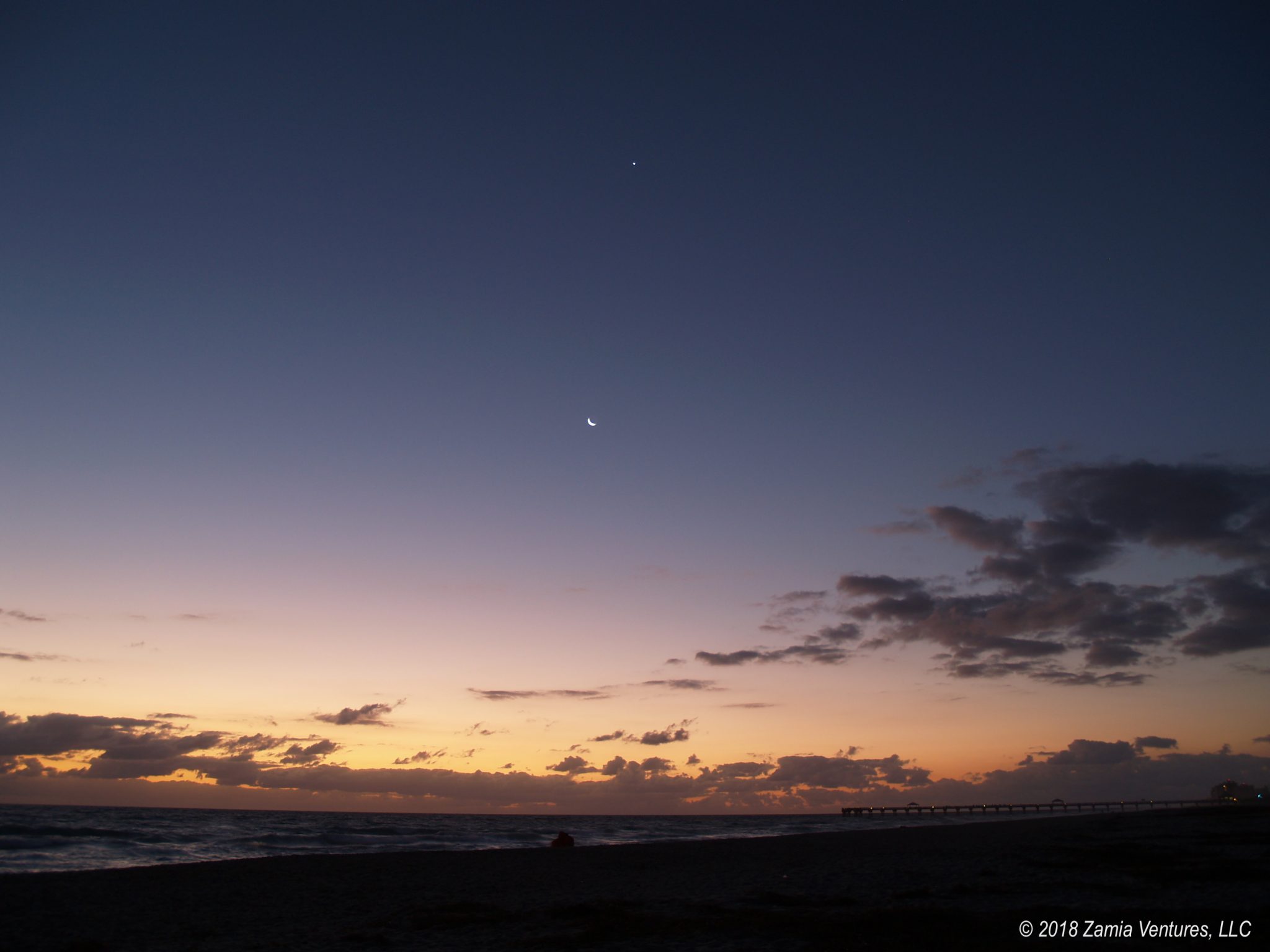
I received a jury summons once a few years ago, told them I was traveling and got a continuance. I’m hoping they’ve forgotten about me. 😳 Truly, that was an expensive pain in the butt for you to have to fly back to Florida (in mid-July, no less!) knowing that they weren’t going to select you for the jury. Glad at least you got to see family and friends while you were there. (Love your tan lines on your feet, LOL!)
So cool that you’re going back for another Habitat for Humanity build. I imagine the temps in Pagosa Springs are much nicer than in Pueblo right now.
While it was annoying to go through the time and expense of travel, being fairly certain I wouldn’t be selected, I tried to focus on the positive aspect of seeing family and friends. It could be much worse — we could have been required to travel on short notice for a funeral or similar sad occasion. Merely being slightly annoyed about jury duty is much to be preferred!
Pagosa should be much cooler than Pueblo (though the outer circles of hell would probably also be cooler than Pueblo) and we’re definitely looking forward to learning new and different skills with Habitat since the house is at a more advanced stage of construction.
Somehow, I have managed to not be called for jury service in the last 20+ years, and the crazy thing is, I would be the best juror ever! I know no one will ever, ever believe me, but like you said, I understand what the standards are and could be completely fair to both sides. And yes, it’s true, I once named my fantasy football team “They’re All Guilty,” but that’s because they were… at the time. Now? I’m much more even handed. Sadly, I’m pretty sure I am never getting picked, which means I’m really hoping your info about folks who use SBI is correct.
Anyway, I’m glad you had family close by to lessen the sting of all that additional costly and time consuming travel (and having to wear nice shoes!!) Hopefully, you can put it all behind you for several years…. and now focus on worrying about whether we’re all about to get screwed on health insurance. Ugh… it’s always something….
I was obviously surprised to be rejected by peremptory challenge by the defense — I assumed it would be the state rejecting me, since I would definitely require them to prove every single element of every charge beyond a reasonable doubt, and I can’t say the same for many of my co-jurors. Let’s just say that, when someone’s freedom is on the line, “two out of three is enough to convict” is not what you want to hear when evaluating the required elements of the crime. Our fellow Americans are surprisingly bloodthirsty!
I agree that we are happy to put the whole thing behind us and focus on the next drama to come. Life on the road pretty much guarantees that there is always something, even when our elected representatives can manage to keep the government functioning normally.
As good a juror as I would be, I dread the day when I get called to South Dakota and actually have to go there. They do have an exemption for breast-feeding mothers, and I wonder how they verify that. Hmmm. They also have a dress code, but what are they gonna do if I wear clean clothes and hiking boots? If I needed a jury of my peers, that’s what I’d expect them to be wearing. Enough about me, it was good that you have family in the area and could spend time with them.
Looking forward to hearing about your next Habitat adventure!
If I learned anything from sitting through two days of juror interviews, it’s that being judged by a jury is probably one of the worst things that can happen to anyone — and that random cross section of citizens is most definitely not anyone’s peers. I would assume that is even more true if the jury pool in South Dakota includes a large number of full time travelers!